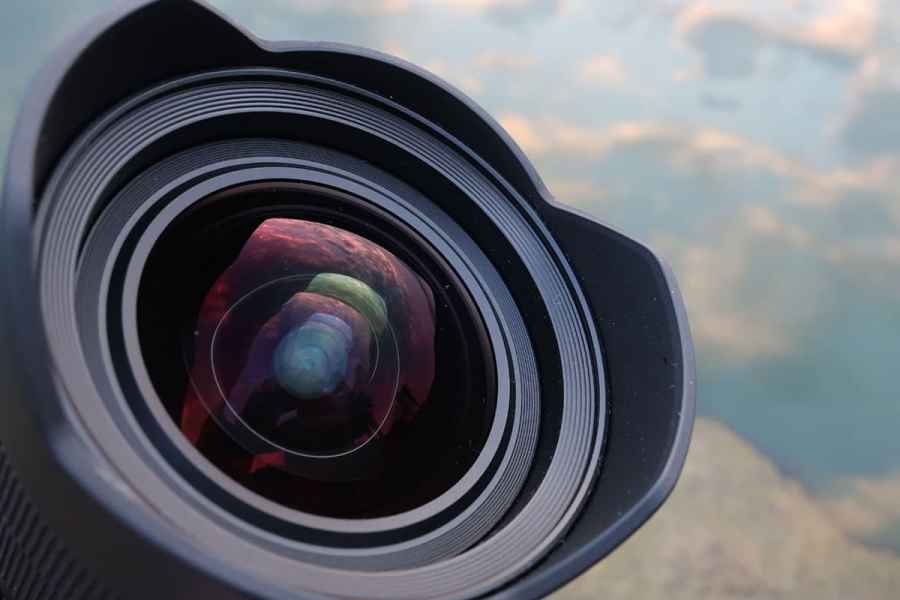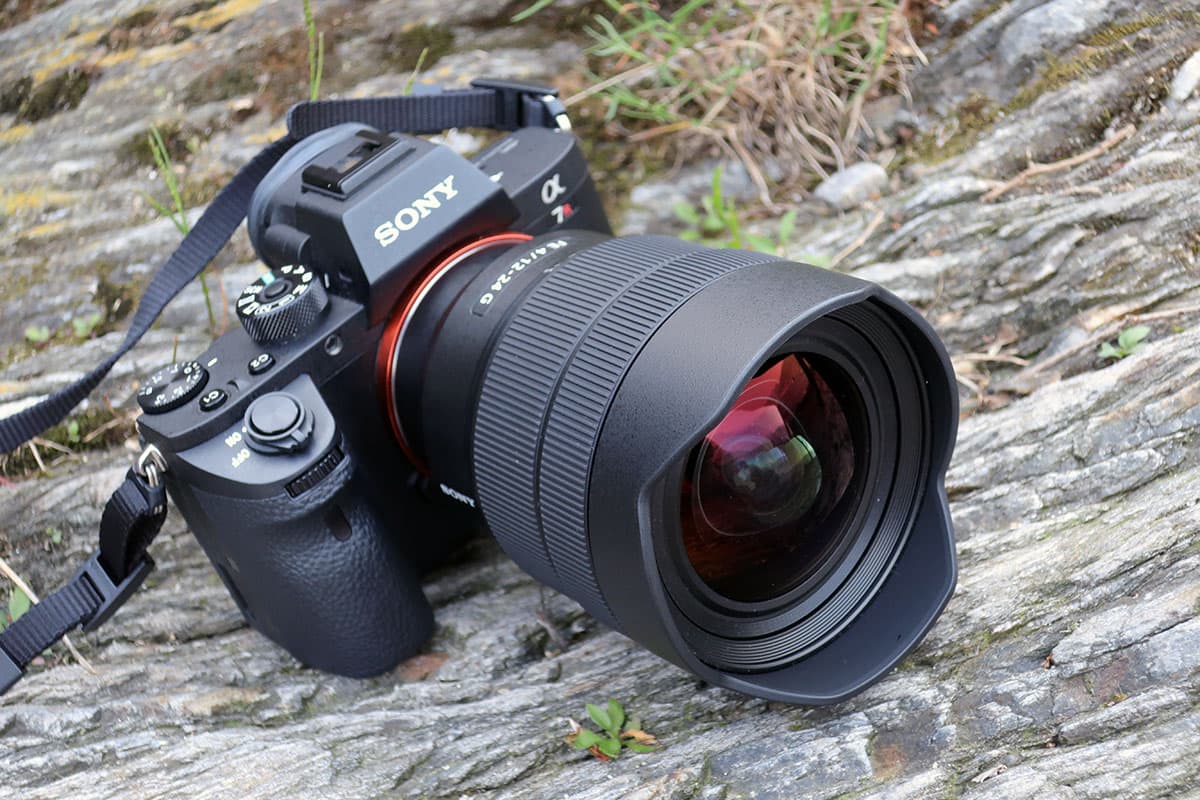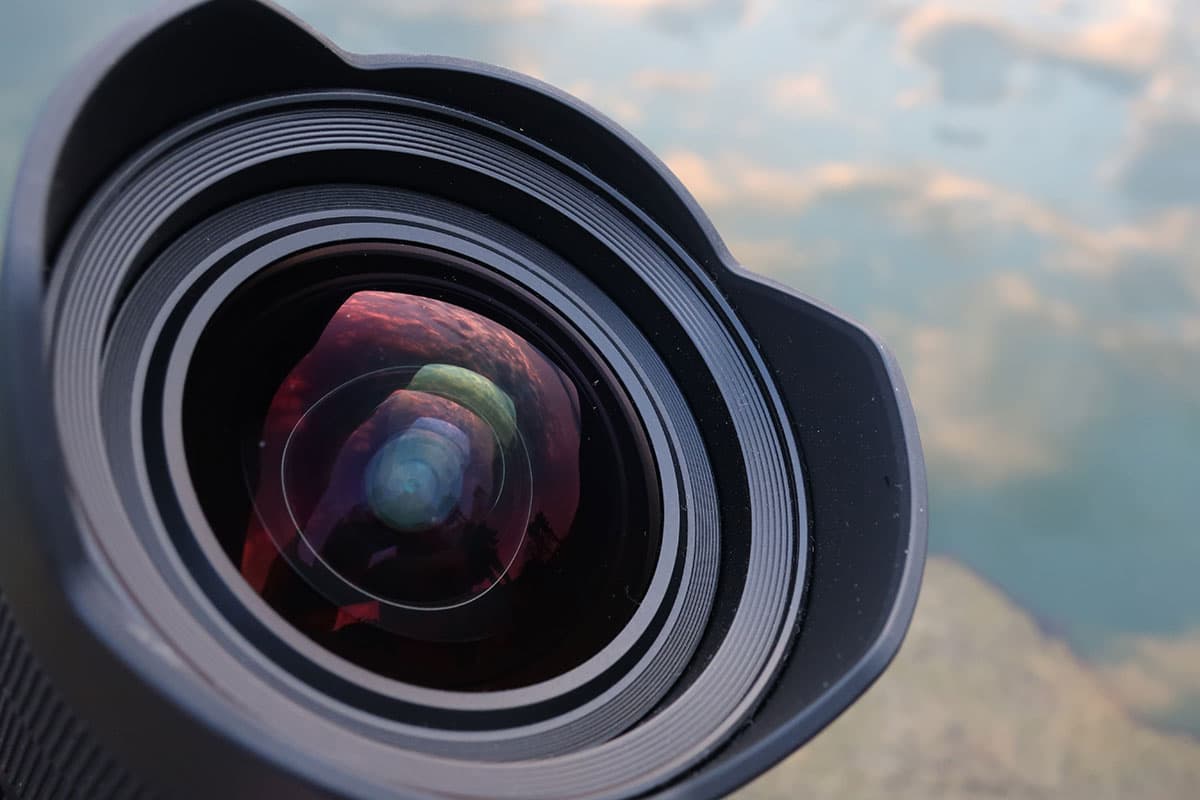Sony FE 12-24mm F4 G sample images
The Sony FE 12-24mm F4 G (model SEL1224G) is one of a pair of new wideangle zooms for the firm’s full-frame mirrorless system, alongside the Sony FE 16-35mm F2.8 GM. It can also be used on APS-C E-mount models such as the Alpha 6000 series, giving a 18-36mm equivalent angle of view respectively, but it really makes most sense on the Alpha 7-series and Alpha 9 bodies.
Of the two lenses, the ultra-wide angle FE 12-24mm F4 G covers a significantly larger view but at the cost of a slower maximum aperture. The optics include four aspherical elements, three ED glass elements and one Super ED glass element, which together are claimed to maximise corner sharpness while minimising chromatic aberration. Like its sibling the Sony FE 12-24mm F4 G includes a weather-resistant barrel construction, a fluorine coating on the front element, a customisable focus hold button on the side of its barrel, along with a physical switch for selecting between autofocus and manual focus. It uses a single Direct Drive Super Sonic Wave Motor (DDSSM) for autofocus.
Within Sony’s somewhat confusing lens lines, the 12-24mm f/4 is part of the ‘G’ series, which once designated the firm’s premium home-grown optics, but now sits below the top-end G Master (GM) range. It’s due to appear in the shops in July 2017, and is expected to be priced at approximately £1,700.
We were able to test both lenses on a short press trip to Lago di Maggiore in Italy with Sony Europe. With less than a day hands-on we’ve only been able to gather some preliminary impressions, but they’re already pretty positive. The 12-24mm f/4 is surprisingly compact for such a wide zoom, being a fraction of the size and weight of Sigma’s 12-24mm f/4 DG HSM Art for full-frame DSLRs (at 87mm x 117.4mm and 565g vs 102mm x 131.5mm and 1150g). It feels nicely made, and autofocuses quickly and silently. A built-in petal hood protects the domed front element, but as with all lenses this wide, there’s no facility to attach screw-in filters.
There’s no doubt that the lens is very sharp in centre, even at f/4. If you choose to shoot a flat wall face on, the corners of the frame will show characteristic wide-angle ‘stretching’ and blurring at f/4, that only fully clears up at f/11. But this is at least in part due to curvature of field, meaning that in many cases, three dimensional real-world subjects can look better than test shots might suggest.
One noticeable feature of the lens’s behaviour is a signature flare pattern of bright hairline arcs concentric with the light source, that become more clearly defined on stopping down the aperture. You’ll also see 14-point sunstars at small apertures.
These images were all shot on the Sony Alpha 7R II, then processed from raw with adjustments including white balance correction, tonal manipulation, and where necessary rotation to get horizons level. The aim is to give an impression of the results the lens can deliver in normal use, without excessive processing. Click on the link below any image to see the full-size file.









